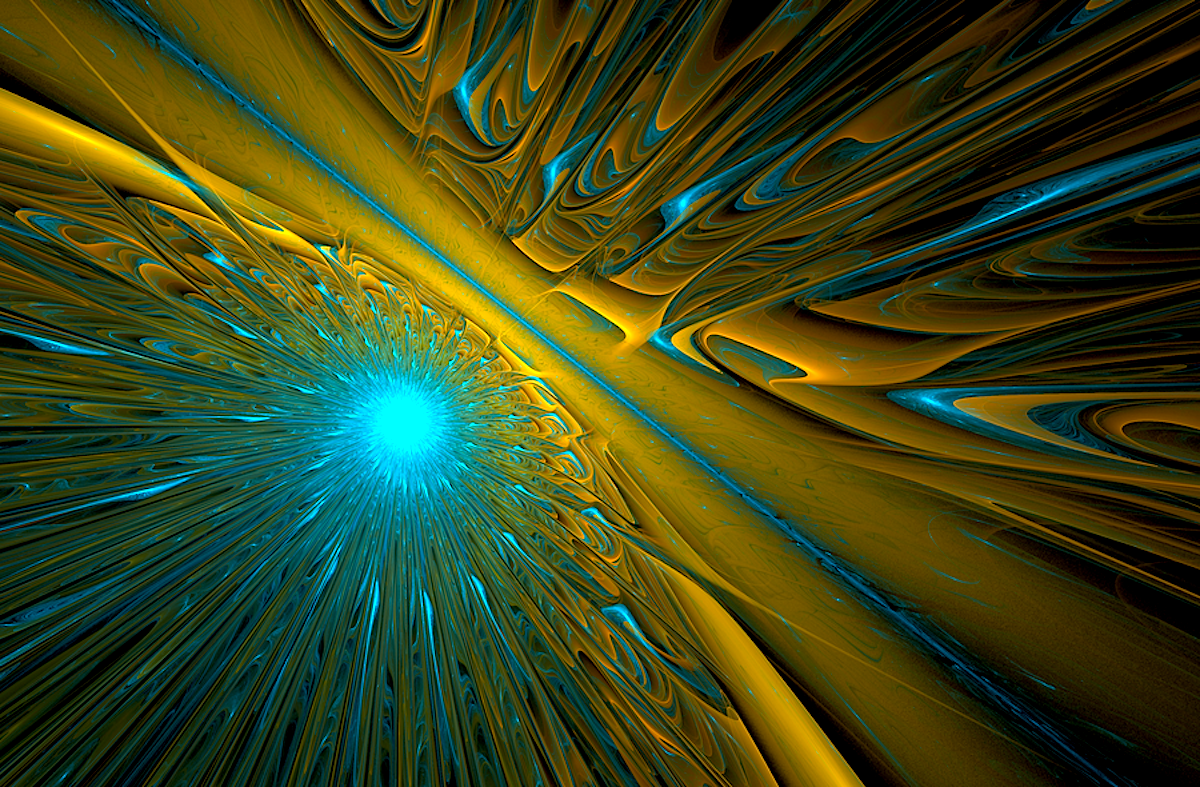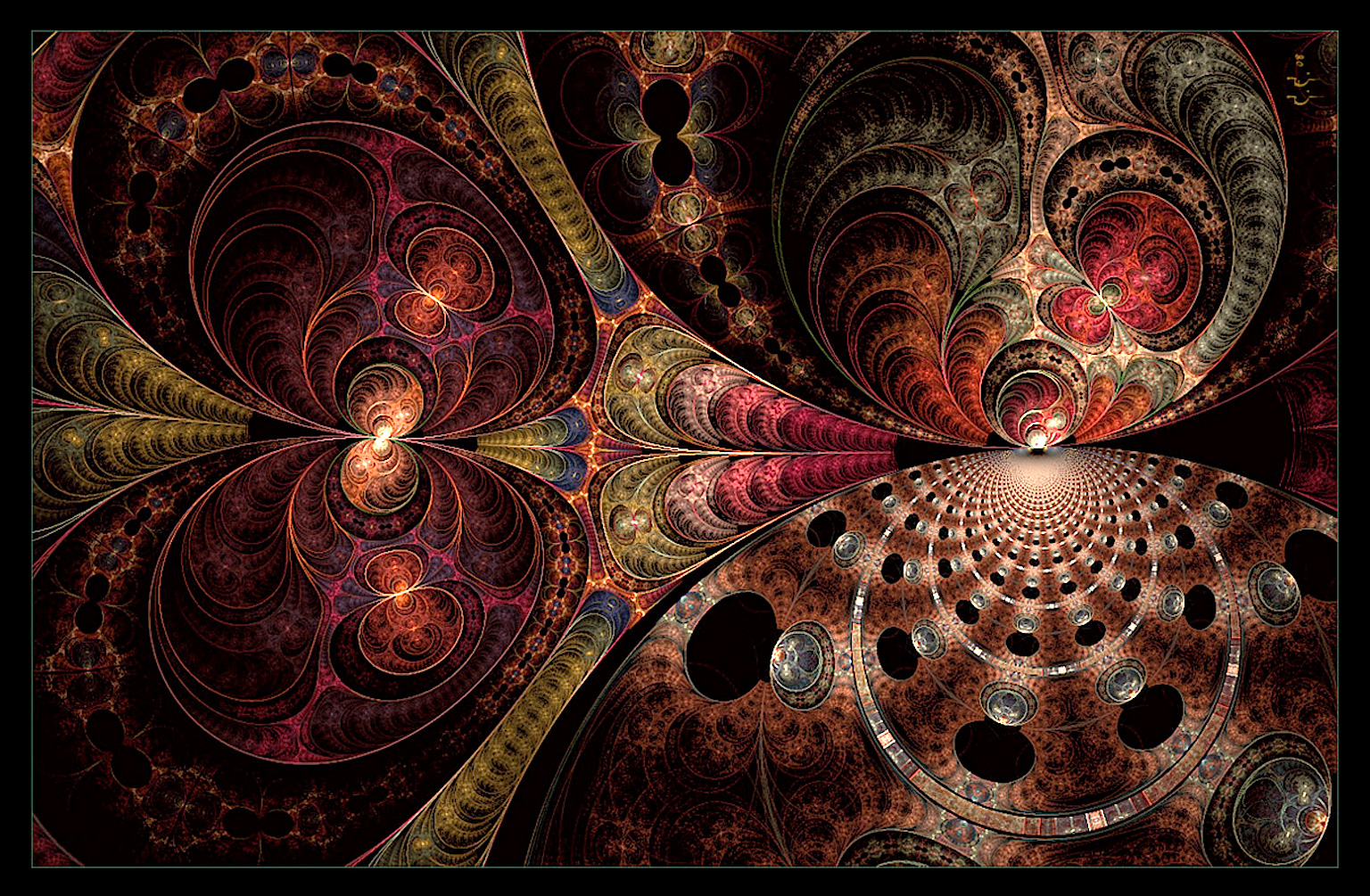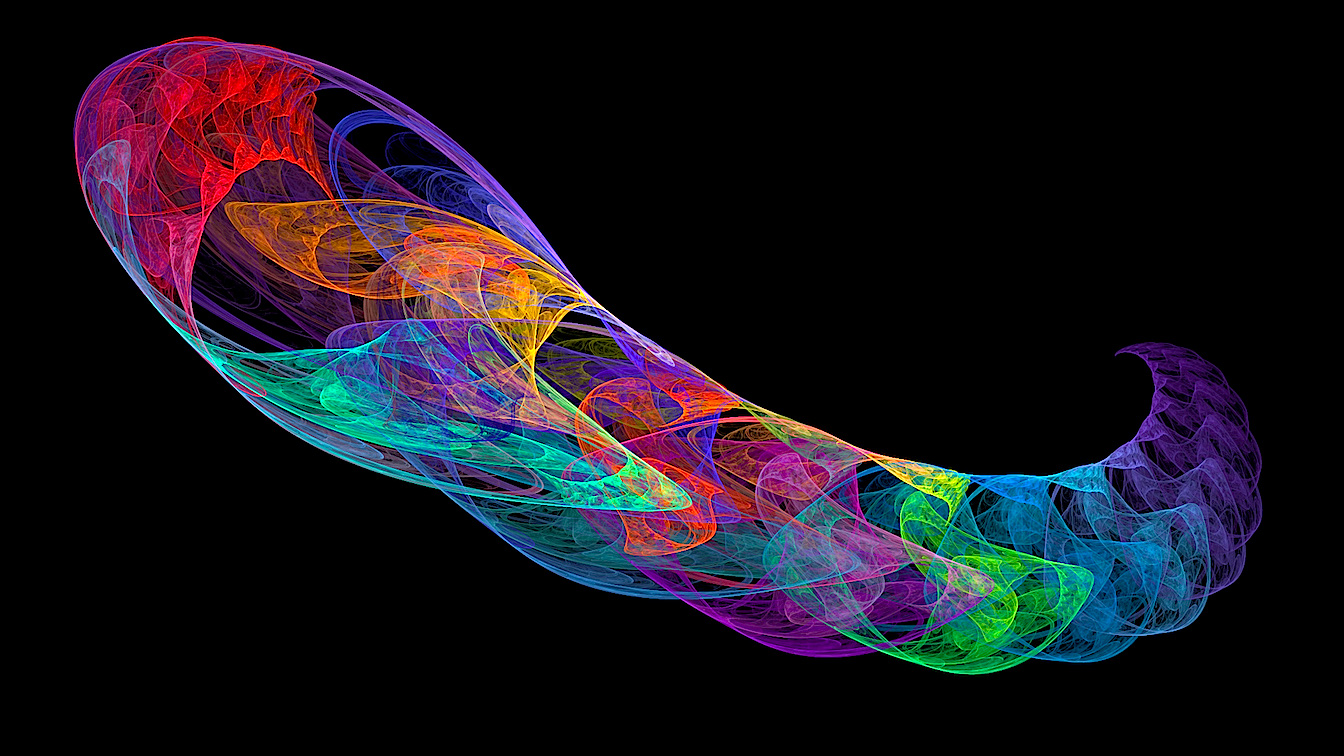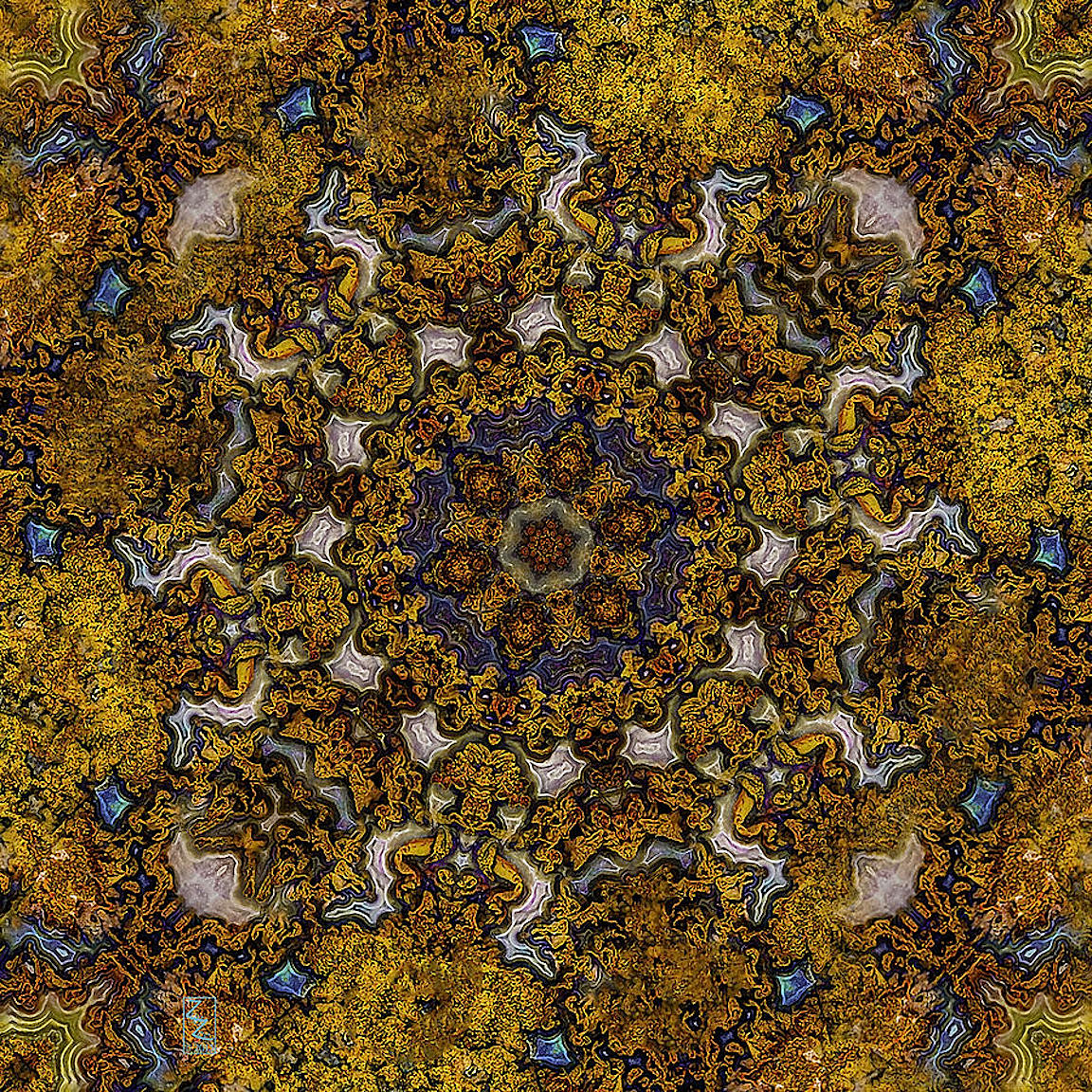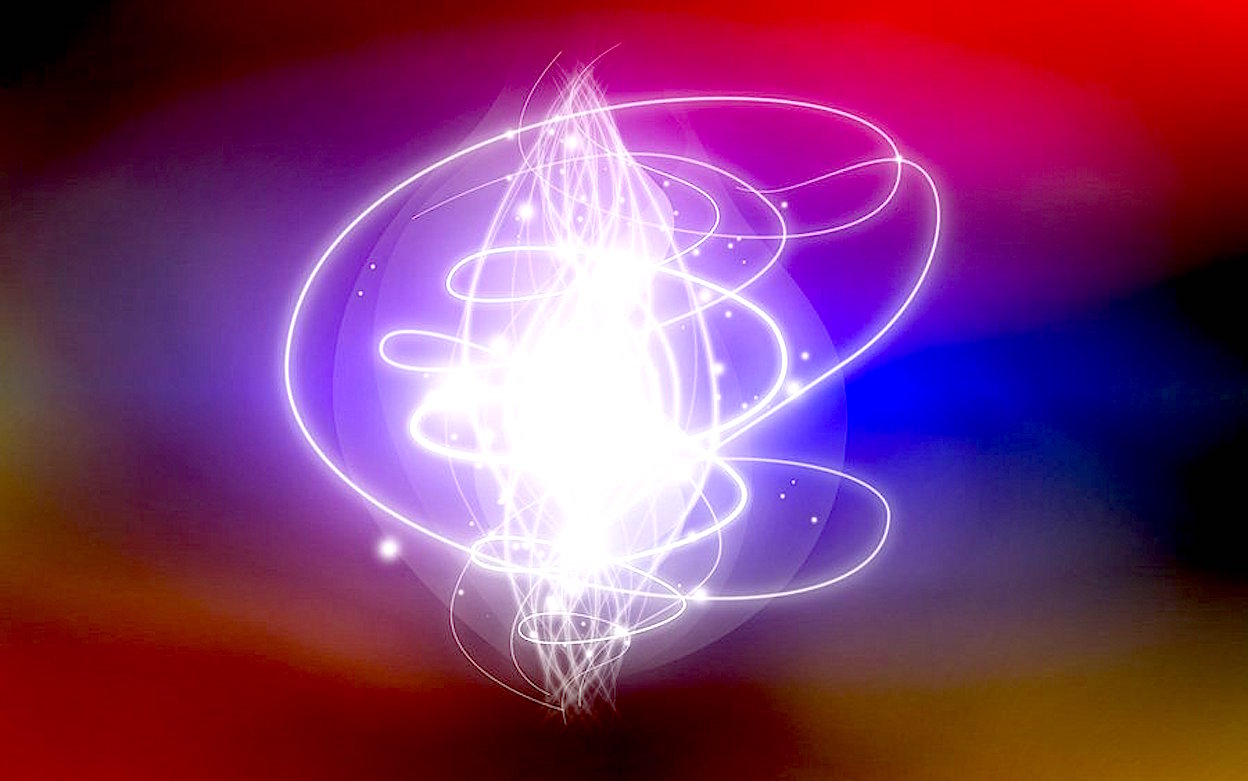Scientific Correctness
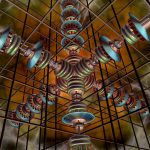
Oct 26, 2016 Think of the scientific method as the methodical application of human cognitive abilities. Everyone uses cognition to some extent; scientists use it methodically. It works through the interplay of three activities: observing or experiencing or paying close attention to some particularly interesting thing or event; thinking…






